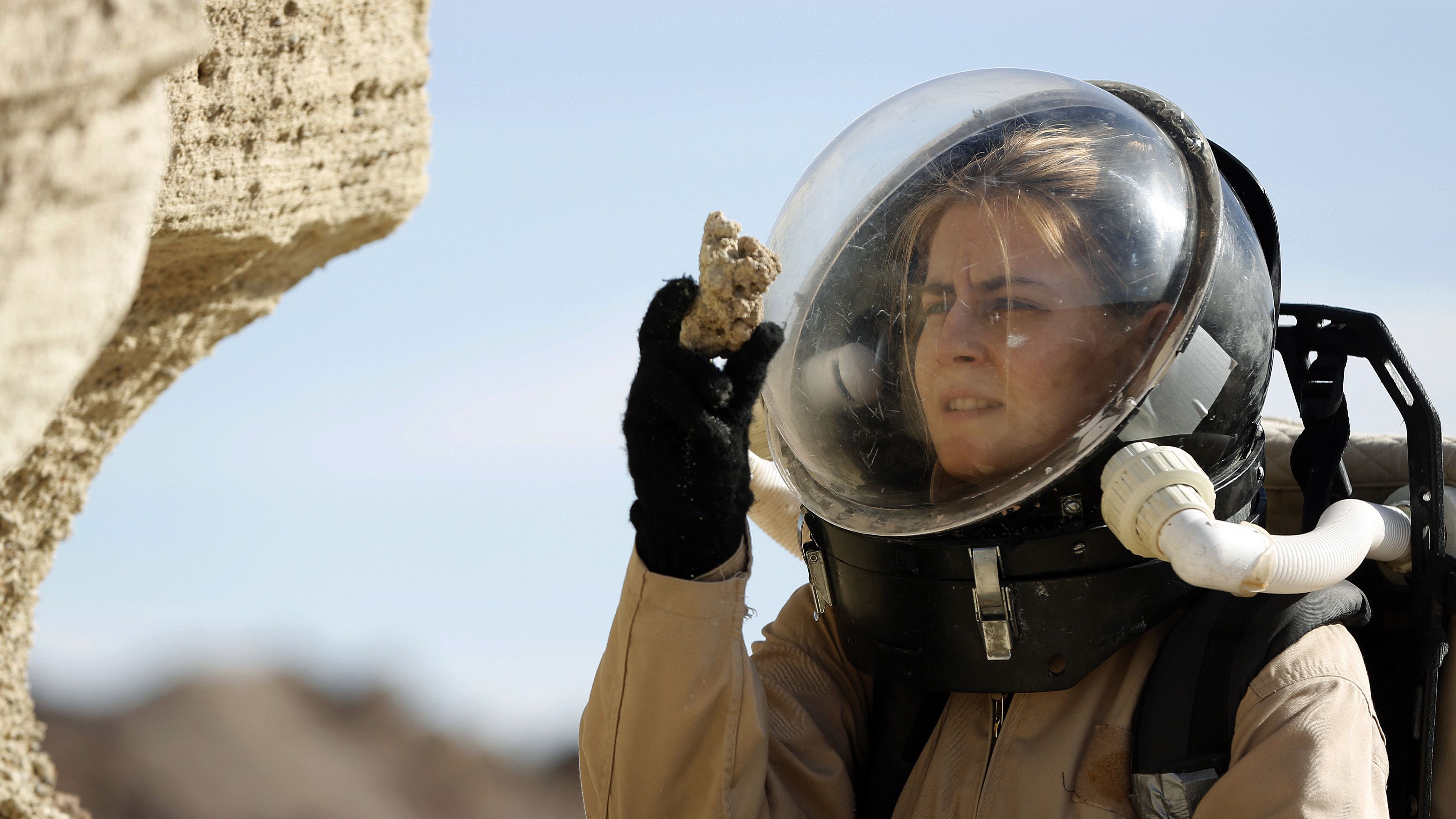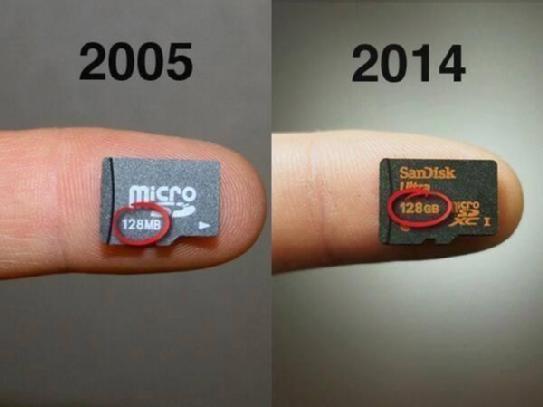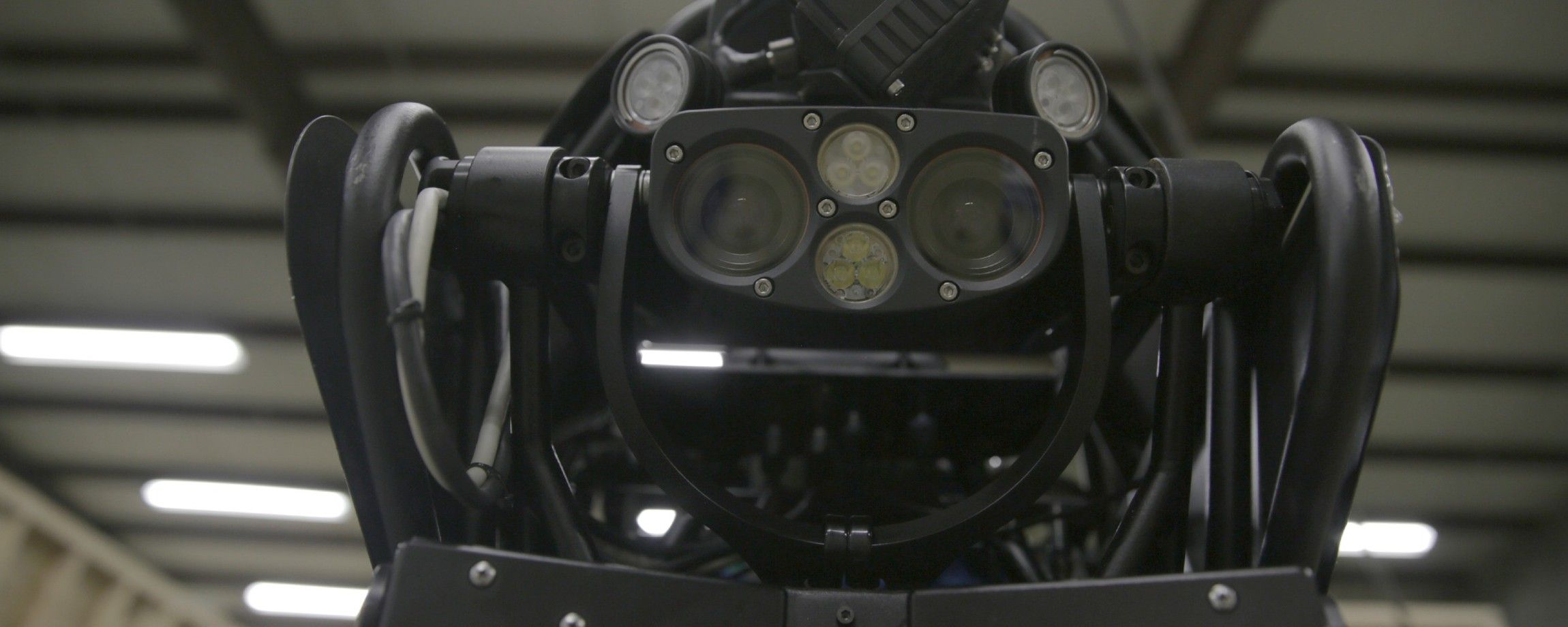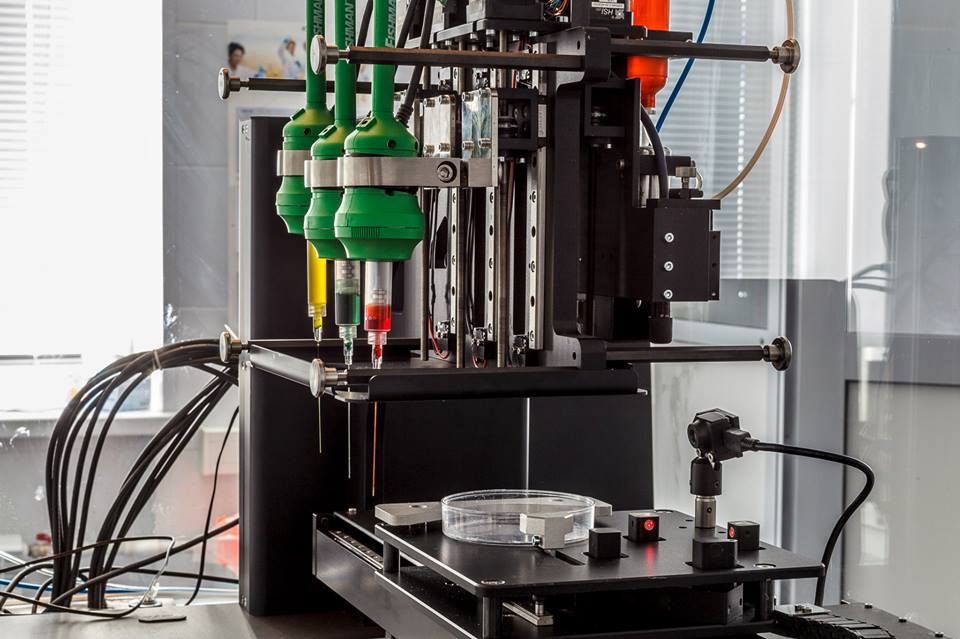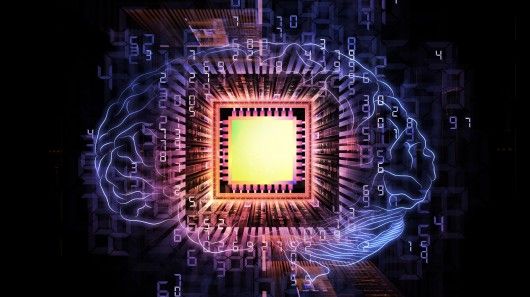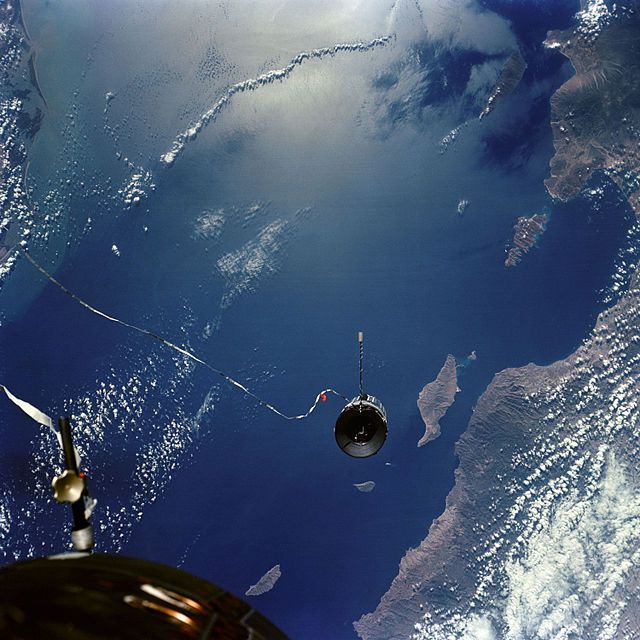This new principle ( http://eujournal.org/index.php/esj/article/view/814/876 ) is implicit in special relativity’s equivalence principle including gravitation.
Therefore, c is a global constant of nature again. Hence no Big Bang (I hear you laugh) and no Hawking radiation (silence) and no CERN safety (fear).
Ten thousand CERN physicists agree through their roaring muteness for 7 years.
Only a member of the young generation could help. But the young are no longer free to speak up since they are no longer protected by their advisors.
Mandela’s immortal smile is the last hope of the planet. It encourages us all to talk as brothers and sisters before it is too late.
